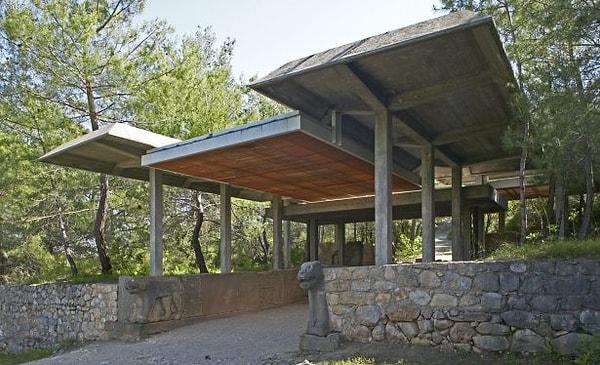Lost Cities of Hittites: Rediscovering the Ancient Anatolian Civilization
The Hittites, an ancient Anatolian civilization that thrived over 3,000 years ago, left behind a rich legacy of impressive cities and remarkable cultural achievements. Despite being lost to history for centuries, the rediscovery of these ancient Hittite cities in modern-day Turkey has provided a fascinating glimpse into their advanced society, sophisticated architecture, and significant contributions to human civilization. In this article, we embark on a captivating journey to explore the lost cities of the Hittites, delving into their historical significance, architectural wonders, and cultural heritage that continue to intrigue and inspire.
Hattusa: The Magnificent Capital of the Hittite Empire

Hattusa, located near present-day Bogazkale in central Turkey, served as the capital of the Hittite Empire. This sprawling ancient city features monumental fortifications, imposing gates, grand temples, and royal palaces. The Great Temple, with its colossal stone walls and imposing columns, stands as a testament to the Hittites' architectural prowess. The Lion Gate, adorned with intricately carved lion reliefs, showcases their mastery of sculpture and artistic expression. The Royal Palace, with its vast courtyards and intricate wall decorations, provides a glimpse into the opulence and power of the Hittite rulers.
Alacahöyük: A Window into Hittite Burial Traditions

Alacahöyük, an archaeological site situated near the city of Çorum, offers insights into the Hittites' burial practices and funerary art. Excavations have revealed numerous royal tombs adorned with intricate reliefs depicting scenes of daily life, mythological figures, and symbolic motifs. These elaborate grave goods, including gold and silver jewelry, finely crafted pottery, and ceremonial weapons, reflect the Hittites' beliefs in the afterlife and their social hierarchy.
Yazılıkaya: The Enigmatic Rock Sanctuary

Yazılıkaya, meaning 'inscribed rock,' is an extraordinary open-air sanctuary located near Hattusa. This sacred site features an impressive collection of rock-cut reliefs depicting Hittite deities, kings, and religious ceremonies. The Great Open Air Temple, with its procession of gods and goddesses, and the Chamber of the Gods, adorned with carved figures in a celestial assembly, provide a unique insight into the Hittite religious beliefs and rituals. The intricate inscriptions accompanying the reliefs serve as a written record of their religious practices and mythological traditions.
Şapinuwa: The Ancient Trade Hub

Şapinuwa, an ancient city located near the village of Ortaköy, was a significant commercial and political center in the Hittite Empire. Excavations have revealed a well-preserved citadel with impressive fortifications, administrative buildings, and a bustling marketplace. The discovery of extensive archives containing cuneiform tablets has shed light on the city's administrative and economic activities, providing valuable insights into the Hittite trade networks, diplomatic relations, and legal systems. The city's strategic location on trade routes made it a crucial hub for commerce and cultural exchange in the ancient world.
Karatepe-Aslantaş: A Fortress of Ancient Inscriptions

Karatepe-Aslantaş, nestled in the Taurus Mountains, is a fortified Hittite city that offers a unique blend of architecture and inscriptions. The city's walls, gates, and temples feature ornate reliefs and hieroglyphic inscriptions, providing valuable linguistic and historical insights into the Hittite civilization. The reliefs depict scenes of warfare, mythological narratives, and ceremonial processions, while the inscriptions, written in both Hittite and Phoenician scripts, provide valuable information about the city's rulers, religious practices, and historical events.
Eflatun Pınar: Sacred Springs and Rituals

Eflatun Pınar, a sanctuary located near the town of Emirdağ, holds great religious and archaeological significance. The site encompasses sacred springs, rock-cut chambers, and bas-reliefs depicting Hittite deities. The presence of multiple water sources suggests the site's importance in Hittite religious rituals and the worship of water-related gods. The rock-cut chambers, adorned with symbolic reliefs and inscriptions, likely served as spaces for religious ceremonies, purification rituals, and communal gatherings, highlighting the spiritual significance of water in the Hittite culture.
Keşfet ile ziyaret ettiğin tüm kategorileri tek akışta gör!


Send Comment